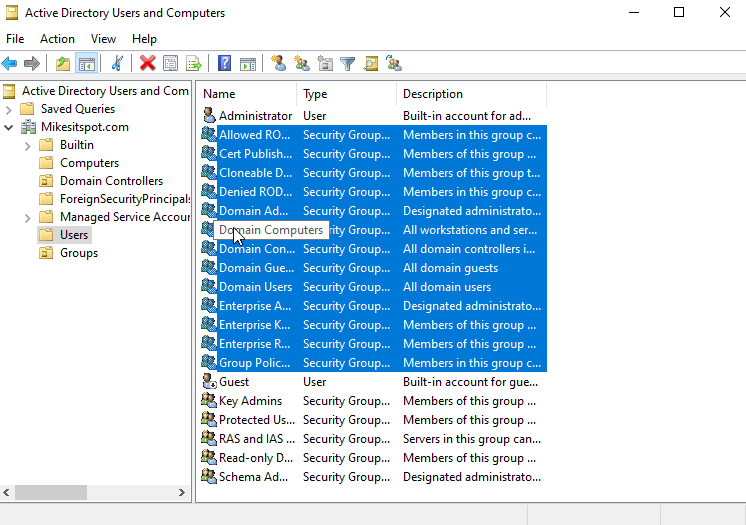Defending Your Digital Citadel: Navigating the World of DDoS Attacks for Enhanced Security
Distributed Denial of Service (DDoS) attacks are a persistent threat in the digital landscape. In this blog post, we'll delve into the realm of DDoS attacks, providing best practices and critical indicators to help you safeguard your digital assets and maintain uninterrupted online operations.
**Understanding DDoS Attacks**
A Distributed Denial of Service (DDoS) attack occurs when multiple systems are harnessed to flood a target with a deluge of traffic, overwhelming it and rendering it inaccessible. DDoS attacks can disrupt online services, causing financial loss and damage to an organization's reputation.
**Best Practices for DDoS Attack Defense**
1. **Distributed Network Infrastructure:**
- Distribute your network infrastructure across multiple data centers and cloud providers to increase resilience.
2. **DDoS Mitigation Services:**
- Employ DDoS mitigation services to automatically detect and filter malicious traffic, ensuring legitimate traffic can reach your services.
3. **Content Delivery Networks (CDNs):**
- Use CDNs to cache and serve web content from multiple locations, reducing the impact of DDoS attacks.
4. **Anomaly Detection:**
- Implement anomaly detection solutions to identify unusual traffic patterns and mitigate attacks.
5. **Scalable Infrastructure:**
- Design your infrastructure to handle sudden traffic spikes, ensuring service continuity during DDoS attacks.
6. **Regular Audits:**
- Conduct regular security audits to identify potential vulnerabilities and weaknesses in your network.
7. **Incident Response Plan:**
- Develop and rehearse an incident response plan that outlines the steps to take in case of a DDoS attack.
8. **Monitoring and Logging:**
- Continuously monitor network traffic and maintain logs for forensic analysis during and after an attack.
**Indicators of DDoS Attacks**
1. **Sudden Traffic Spikes:**
- An abrupt and significant increase in network traffic can be indicative of a DDoS attack.
2. **Service Unavailability:**
- If your services become unavailable or significantly slow down, it may be a sign of a DDoS attack.
3. **Unusual Traffic Sources:**
- Monitor for traffic from unexpected or unusual sources, which may indicate an attack.
4. **Geographic Anomalies:**
- If traffic originates from regions outside your normal user base, it could be a DDoS attack.
5. **Excessive Connection Requests:**
- A sudden surge in connection requests may be a sign of a DDoS attack targeting your server's resources.
**Conclusion**
DDoS attacks are disruptive and can cause significant damage. However, by adhering to best practices and staying vigilant for potential indicators of DDoS attacks, you can fortify your organization's defenses against these threats. In an age where online operations are critical, your proactive approach to DDoS attack defense is essential. Start your journey to safeguard your digital assets and maintain uninterrupted online operations today.

Comments
Post a Comment